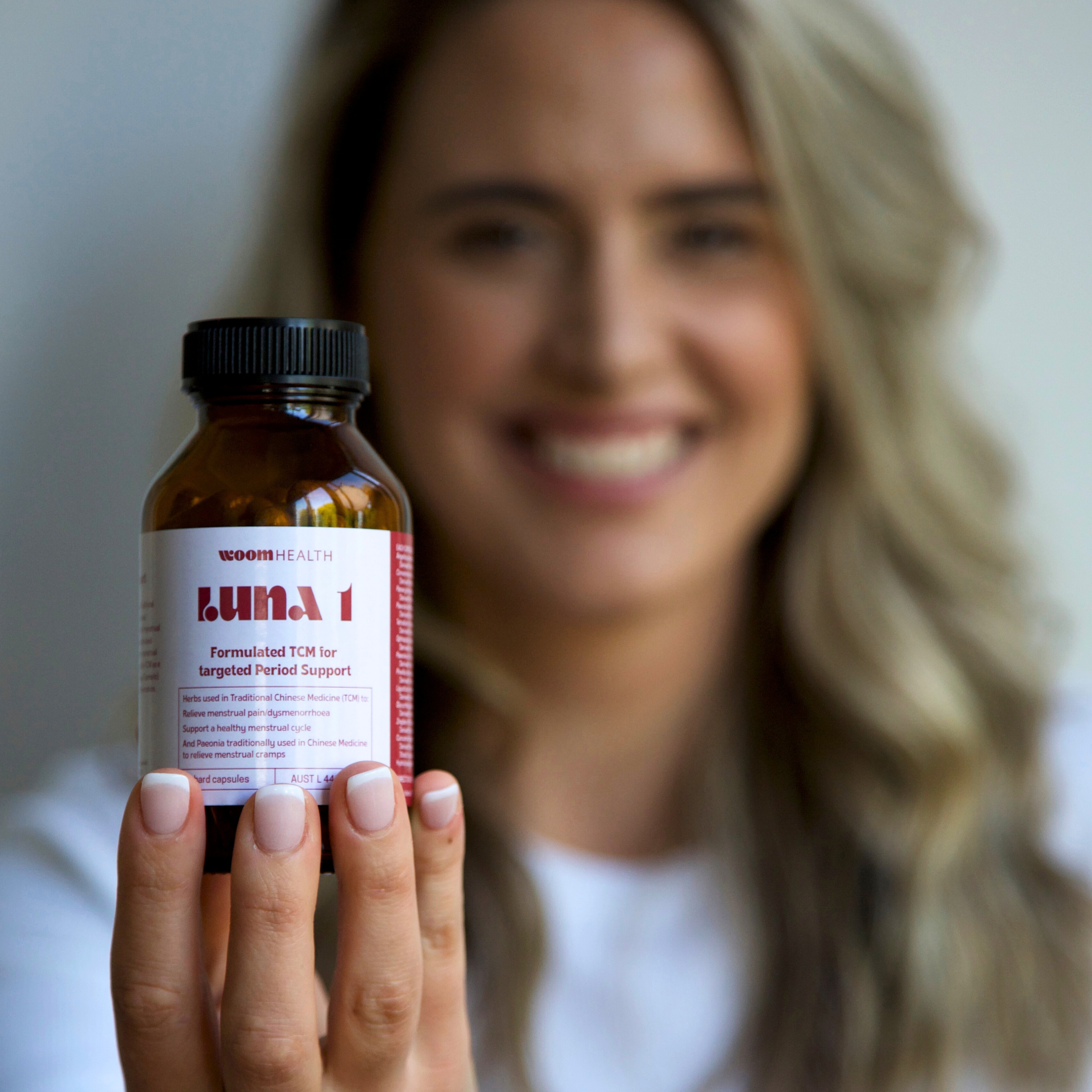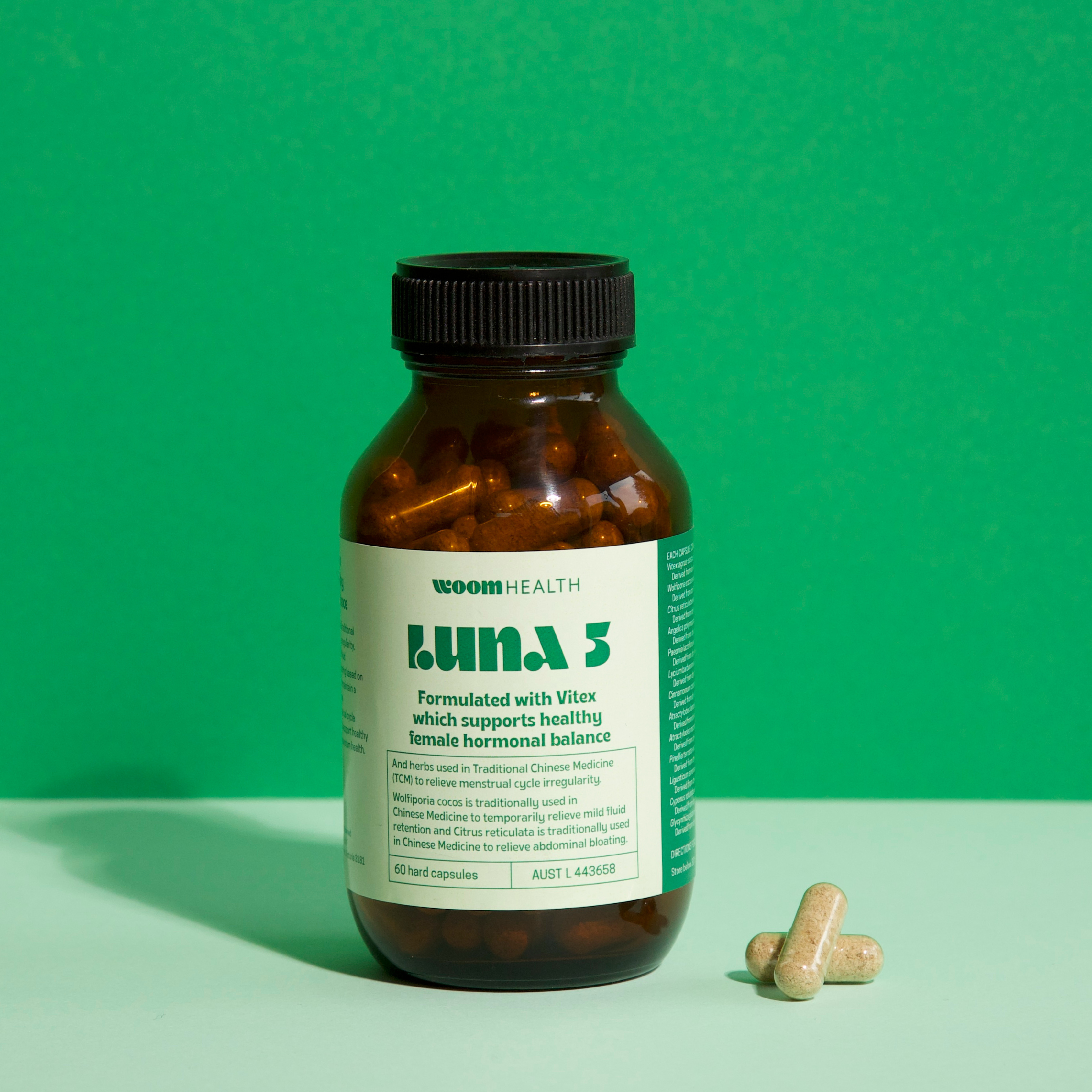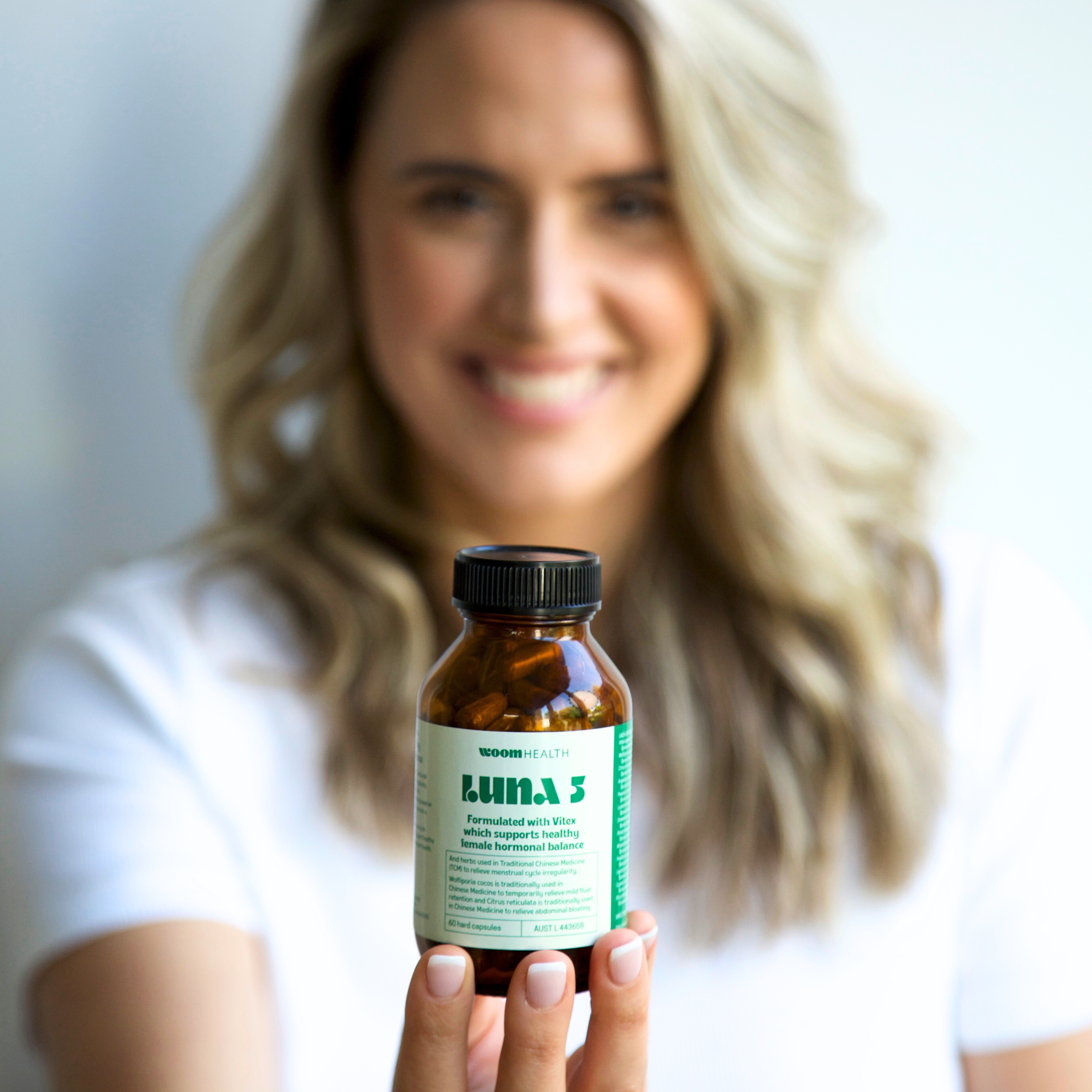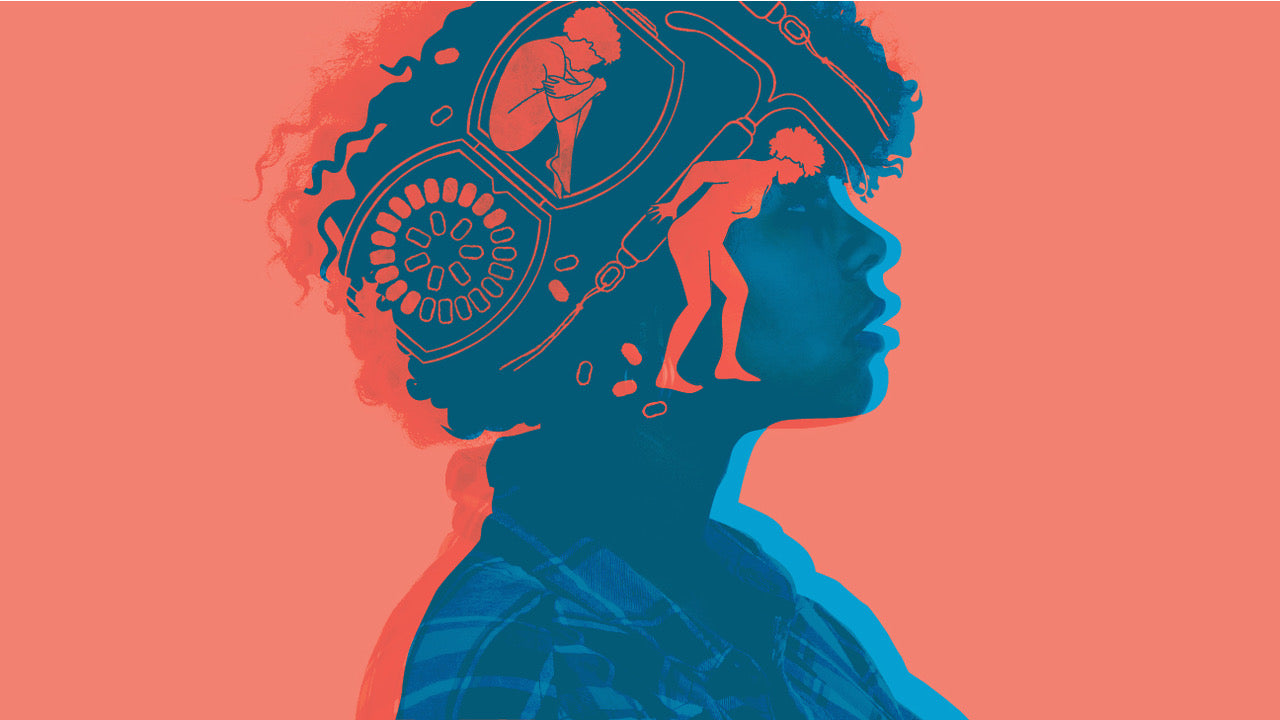The Pill 101: How it works and its side effects
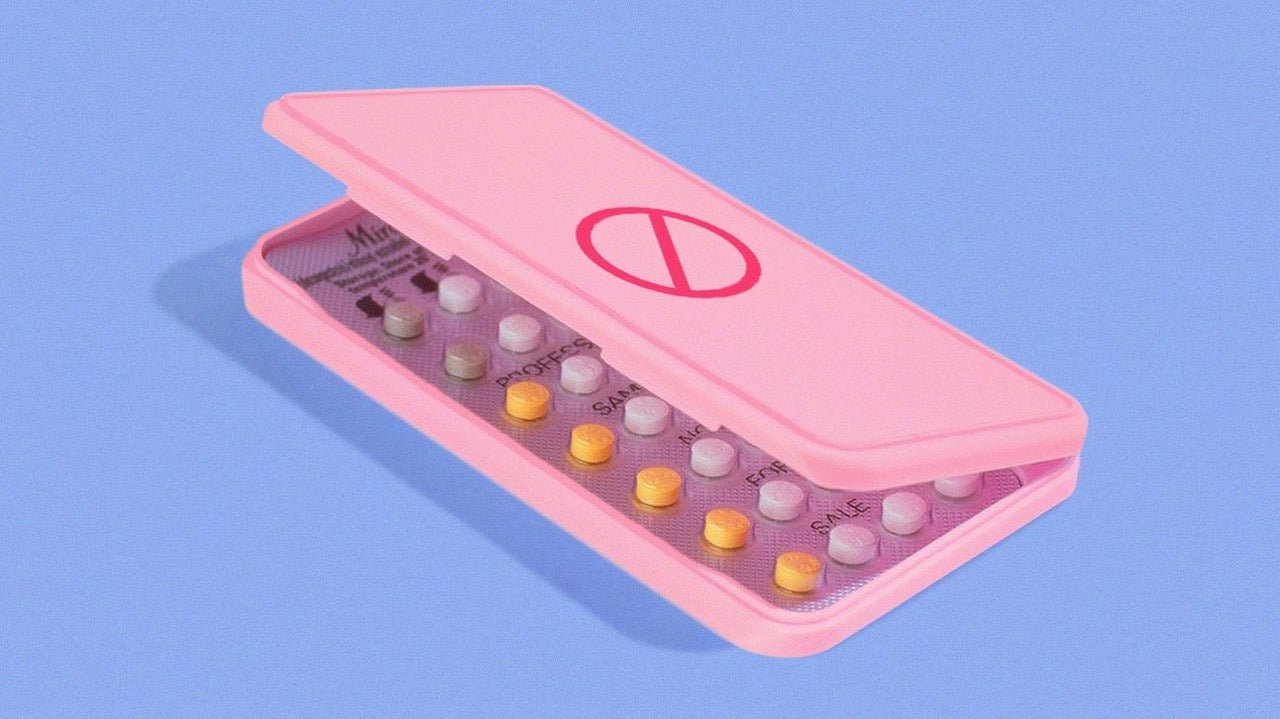
Today’s topic: a prescription drug that lets you skip inconvenient periods and have sex without worry. That’s right, we’re talking all about the Pill!
Since its approval by the Food and Drug Administration over 60 years ago, this popular form of oral birth control has given women a massive sense of liberation and freedom.
It’s so popular, in fact, that it has become the most commonly used pharmaceutical drug in the world!
But even though this drug is as common as household Tylenol, many women don’t really understand how the Pill works or of its many side effects.
So, before you let your doctor write off that prescription, let’s dive into everything you need to know about the Pill.
What’s in the Pill?
Your body needs two very important hormones for your gynaecological and reproductive health. Maybe you’ve heard of them? They are called estrogen and progesterone.
Estrogens and progesterone stimulate and control many different functions in your body including your menstrual cycle, conception, and pregnancy.
Oral birth control contains synthetic estrogen and progestin. These synthetic hormones interact with your estrogen and progesterone receptors to do many of the things your natural hormones do.
But not all birth control pills are the same. Some only contain progestin, while others are combination pills of both estrogen and progestin. The most commonly used pill is one that contains both.
How does the Pill prevent pregnancy?
In order to prevent pregnancy, the Pill plays a little trick on your body.
Progesterone is the hormone essential to continue a healthy pregnancy. In your luteal phase, this hormone rises in preparation for the fertilisation of an egg and implantation. When this doesn’t happen, progesterone levels drop and you begin menstruation.
If implantation does take place, progesterone rises to support the pregnancy. The pituitary gland in your brain tells your ovaries that they don’t need to release an egg which stops ovulation and ends the menstrual cycle for the duration of the pregnancy.
So how does the Pill play its trick?
While on the Pill, you are giving your body a steady stream of synthetic progesterone. This stream of progestin prevents the peak of estrogen which normally triggers ovulation.
Basically, your body thinks that you are already pregnant.
In addition to suppressing ovulation, the Pill uses a couple of other mechanisms to prevent pregnancy. It also:
- Thickens your cervical mucus to make it harder for sperm to reach an egg.
- Reduces the blood flow to your uterus. This thins your endometrium and reduces the chance a fertilised egg would implant in your uterus and grow.
You only need progestin to prevent pregnancy. The primary purpose of estrogen is to prevent spotting and make it look like you have a regular period through a “withdrawal bleed”.
Side effects
Because the synthetically derived hormones are strong enough to control the reproductive cycles in women, there are risks and side-effects that can happen.
Below are just some of the adverse side effects that you may experience while on the Pill.
- Spotting or irregular bleeding
- Breast pain or tenderness
- Headaches and Migraines
- Nausea
- Dizziness
- Bloating
- Weight gain
- Amenorrhea
- Yeast infections
- Acne
- Hair loss
- Depression
- Anxiety
- Hair growth in unusual places
- Changes in the shape of your eye
- Increased risk of diabetes
- Increased risk of deep vein thrombosis
- Increased risk of cervical and breast cancer
- Decreased libido
Some women don’t experience any side effects, while others may experience very mild to severe side effects. Any side effects should be brought to your doctor’s attention.
“What if I need the Pill for medical reasons?”
Pregnancy prevention isn’t the only reason doctors prescribe the Pill. In fact, it almost seems like the Pill is a miracle drug.
“You have endometriosis? I’m going to write you a prescription for the Pill.”
“Oh, you have acne? Here’s the Pill.”
“Broken femur? I know what will fix that…the Pill!”
Ok. Maybe that last example went a little too far. But many doctors prescribe the Pill at the first sign of any gynaecological condition and for a range of ailments women may have.
It’s important to understand that the Pill doesn’t cure any condition or ailment and it cannot treat gynaecological conditions.
Gynaecological conditions and irregular menstrual cycles are caused by hormonal imbalance. Symptoms are there to tell you something deeper is going on and when you take the Pill to “treat” them, it will mask them and act as a bandaid.
Many women find that when they stop taking the Pill, their symptoms come back, and they come back worse than before because the root cause has not been addressed.
Conclusion
We understand that each woman is different and what works for one woman might not work for another. You can absolutely take the Pill if you believe it is right for you and your body and we are not here to tell you otherwise.
Helping you make an informed decision is important to us, because we wish to see each woman living a healthy vibrant life regardless of their own personal reproductive decisions.

